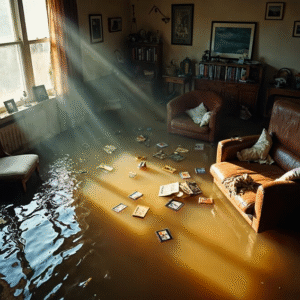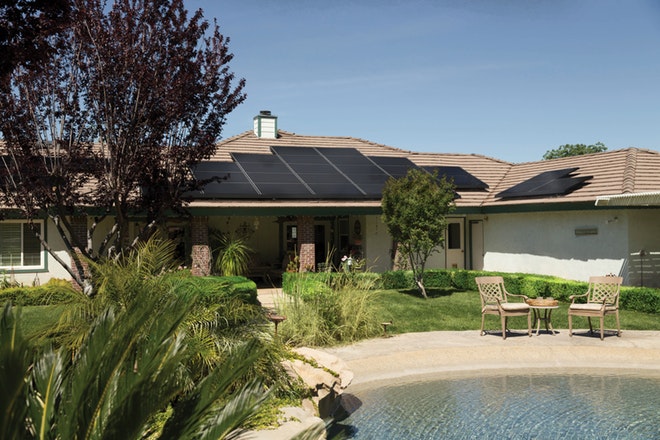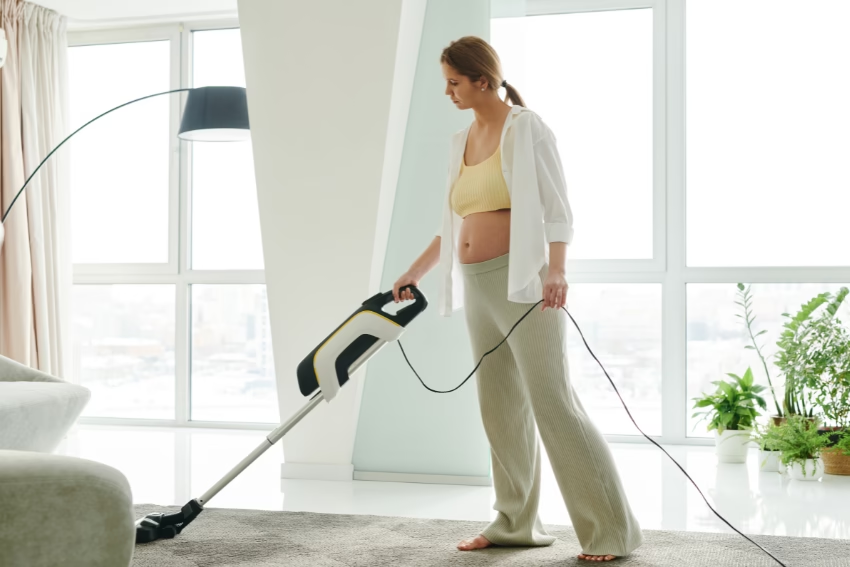A prerequisite for any modern construction, waterproofing helps avoid a multitude of issues with the external structure of buildings. Waterproofing is not restricted to barriers and membranes only but also includes proper installation of drainage systems. These systems are meant to avoid the occurrence of water which in many cases results to formation of structures, molds and other water activities.

This article focuses on waterproofing and specifically discussing the basics and approaches to correct drainage system installation.
The Importance of Waterproofing and Drainage
Waterproofing is very essential for prevention of water from penetrating building structures which can lead to damages both internal and external besides affecting the quality of air inside the building. Waterproofing works accompanied with drainage systems ensures that water flows away from the critical areas hence reducing pressures such as hydrostatic pressure that results to water accumulation. Altogether, each of them plays an important role in preventing and protection from water damage.
- Structural Integrity: Due to water seepage, the structural outlines supporting the foundations walls and roof get compromised and may lead to many cases of losses through repairs and sometimes may lead to losses of properties, lives and even collapse.
- Preventing Formation of Mold and Mildew: Areas with high humidity are likely prone to mold and mildew formation, which is hazardous to the health of individuals living in the house in addition to the hazards that it poses on the structure of the building.
- Energy: Well sealed and properly drained buildings have good ability to retain heat hence will spend less energy to heat and cool the building that is fully sealed and drain well.
- Aesthetic Loss: In many cases, the calamity would stain the surfaces leaving paints and wallpapers peeled reducing the aesthetic value of the structures involved.
So, search for basement waterproofing Brooklyn services online. They can suggest the best drain systems to waterproof your basement.
Types of Waterproofing Systems
External systems are those that can be applied at the exterior conception of the building while integrated systems are the ones which may be applied both internally and externally. All of them are used a functional purpose and have application in respective fields.
- External Protection: This is the process of covering the exterior part of the building with membranes or any other protective coatings. Specifically, it is ideal in basement constructions, construction of retaining walls, and construction of foundations. These include the flexible systems which includes; the bituminous coatings, the polymer-modified cement and the liquid applied membranes.
- Internal Waterproofing: It is the method of waterproofing which is applied within the walls or floor slabs. They are having a secondary utilization for use when external waterproofing is not possible. These are the crystalline waterproofing agents and epoxy coatings that can be easily availed in the market.
- External Waterproofing: This encompasses external drains that help in the protection of structures from the exterior. They are used in structures that have interconnected systems through which water seepage may enter from different points.
Drainage Systems: The Backbone of Waterproofing
Proper drainages such as French drains are important for waterproofing to be effective. They control flow of water, lessen the pressure, and resist water built up. Some components of drainage system are as follows;
- Surface Drainage: It is a technique, which involves the general management of rain water and other forms of water that form a surface runoff. Some of them are gutters, down spouts and French drains which help in draining the water away from the structure foundation.
- Sub-surface Drainage: Weeping tiles or drain tiles are placed around the basements of the building or at lower elevations of the building. They enclosed and drain off the water that gathers around the building’s foundation in an effort to minimize the pressure exerted by the water column.
- Sump Pumps: Sump pumps are fixtures that are used in basement or other such low-lying areas so as to pump off the water that may have collected on the surface. They are useful in areas with high water table or those that have naturally poor drainage.
- Gutters and Downspouts: Gutters with downspouts return the water on the roof, for example during rain or a shower, to the ground; doing so they do not allow water to accumulate around the foundation. They should be equipped with downspout extenders so that the water will be discharged at least 10 feet from the building.
Materials for Waterproofing and Drainage
Choosing the proper material to be used in waterproofing and drainage is very important. Below please find some of the materials that are quite often used:
- Liquid Applied Membranes: These include the saturated organic and silicate and bituminous membranes of the exterior surfaces. They are also very strong and cannot be easily penetrated by roots or punctured.
- Polymer-Modified Cement: This is a composite material made up of cement and polymers whereby the polymers improve the material’s flexibility and bonding capabilities. It is possible for use on both, and these include;
- Liquid Applied Membranes: It covers the substrate in liquid form and it cures to a uniformly smooth and watertight layer. They are well suited to structures with cavities and any irregular shapes and other complicated forms.
- Crystalline Waterproofing: These materials when applied on concrete will dissolve in the presence of water to from insoluble crystals. They shut off capillaries and pore making sure that water is sealed out.
- Geotextiles: These are fabrics made of synthetic material which help in reinforcement of soil and drainage. They are required in their integration with the drainage facility to improve on their stability and performance.
Best Practices for Effective Waterproofing and Drainage
To protecting the waterproofing and drainage system, guideline is essential to be adopted in order to increase the longevity of the works. Key considerations include:
Site Survey
Undertake a site survey to identify possible water-related problems that are likely to be encountered at the site of a building’s construction. For instance, the site characteristic of the soil type, the topographic features, and the climate of the region should be taken into consideration.
Implementation
Achieve proper drainage and waterproofing strategies by devising adequate techniques that would act as a blueprint of a proper system. In order to avoid the negative outcomes mentioned above, there should be compliance with a set of recommendations as follows: Collaborate with architects, engineers and contractors that are involved in construction to ensure unity in an approach to be used.
Quality
Employ quality material in the appropriate application of use. The possible attributes for comparison may include toughness, adaptability, and ability to withstand the climatic factors.
Proper Installation
Great care should be taken when installing systems and they should be done by appropriate personnel. There is need to follow the given manufactural references and set standards in the market for the maximum efficiency.
Additional Troubleshooting
Perform the following repairs; check waterproofing and drainage systems often and ensure that they are maintained in good condition. These would include cleaning of the gutters, checking for any leaks and repairing any damages that may be observed immediately.
Climate Factor
Make the design of the systems with regard to the local climate. The recommendations for the heavy rainfall areas are as follows; there is need to check whether the drainage systems can accommodate the amount of rainfall that is received. In climates which are colder than those ensuring the transportation of concrete, take into consideration the freeze-thaw effect to identify the efficient and frost-resistant concrete.
Challenges and Solutions
Introducing the waterproofing and drainage systems is not an easy task. In this article, some of the most prevalent difficulties as well as their items are listed below:
- Complex Geometries: Constructing such geometric structures for a building may hence be daunting when it comes to making it watertight. The most suitable materials to use are the composite ones such as those in liquid-applied membranes and must be well applied.
- High Hydrostatic Pressure: This is because in regions where water table is high, high hydrostatic pressure is exerted on the walls imposing a lot of pressure on the waterproofing systems. Underground drain the field and use pressure proof material.
- Limitations: Expenses such as costs of installing and implementing waterproofing and drainage systems are usually relatively high. Identify the fields where resources shall be concentrated and take into consideration, potential prospective savings on costs of maintenance and repairs.
- Environmental Effects: Some of these products may have an adverse effect on the environment in that they may be damaging to aquatic life forms. Secondly, select materials to be deployed that are environmentally friendly and embrace the use of sustainability in the initial design of the proposed material.
Misleading Beliefs about Basement Waterproofing
Some homeowners think they can manage waterproofing projects. While minor issues can be handled, it’s more than applying waterproof paint on the walls. It doesn’t solve the underlying problem. Plus, every basement is unique and demands a tailored approach to solving the water damage issues.
To be precise, only the correct drain system can benefit your property. Not every option is suitable. You can be tempted to try your hand at this to save some money. Unfortunately, it’s a costly mistake one can ever make. If you don’t want to be trapped in a bad situation, get help from experts. You can check zicklincontracting.com for ideas.
A waterproofed basement can be used in different ways. This decision can automatically solve many of your concerns about limited square footage. You can host your family and friends for overnight stays. If the main floor has limited space, you can comfortably do your laundry tasks in the basement.
Conclusion
Proper drainage systems are necessary when it comes to waterproofing or in other words protection of buildings from harm from water. According to the findings, proper waterproofing would help in enhancing the physical building structures, reduce growth of molds, and help with energy efficiency with proper drainage systems installed.
Choosing correct material, adoption of proper strategies, and managing barriers to change are the key factors that need to be incorporated. With the advancement in construction methods and techniques, it becomes significant to adopt superior methods and better solutions that shall help achieve the desired levels of waterproofing and draining system.
Waterproofing with proper drainage system is not just a technical facet or consideration but is part of the responsibility and basic process which the architect and builder has to adhere to. Through the implementation of these systems, there is a way of protecting these structures, as well as extending their life expectancy in order to foster a healthier and sustainable built environment.






